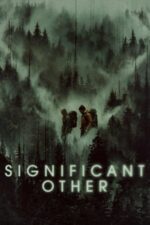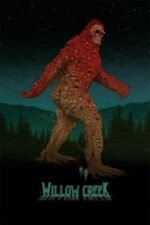Finding Ourselves One Step at a Time: The Quiet Power of Hiking in Film
There's something inherently cinematic about hiking, isn’t there? It's not just about putting one foot in front of the other; it’s about journeying – both physically and emotionally. Think about it - the vastness of nature provides an incredible backdrop for introspection, conflict, and ultimately, transformation. And film has long recognized that potential.
We often associate hiking with adventure films, but its presence is so much richer than that. It's a visual shorthand for escape, a metaphor for confronting inner demons, or simply a way to reconnect with something bigger than ourselves. Take Buddymoon, for example. The premise – a heartbroken groom dragging himself through the Oregon wilderness on his honeymoon – sounds almost comical, but it’s deeply resonant. That landscape becomes a mirror reflecting David's pain, and his friendship with Flula provides an unexpected path towards healing. It reminded me of that time I went backpacking after a particularly rough breakup; the silence, the physical exertion…it just stripped everything down to its core.
Then you have films like Out of Nature, where hiking isn’t about adventure but about reckoning. Martin's solitary trek through the Norwegian mountains is less about conquering a peak and more about confronting the quiet dissatisfaction simmering beneath his seemingly perfect life. It’s a powerful visual representation of needing space to breathe, to re-evaluate.
But it's not always about heavy drama. Nuts in May uses hiking – or rather, camping – as a vehicle for gentle humor and observing the awkwardness of human interaction. The mishaps and miscommunications are amplified by the setting, highlighting how even our best-laid plans can go hilariously awry when we step outside our comfort zones.
And let's not forget films that use hiking to explore community and legacy, like Postmen in the Mountains. That film beautifully illustrates how seemingly simple acts – delivering mail across rugged terrain – can forge deep connections within a village and become a vital part of its identity. It’s a reminder that even the most ordinary lives are filled with quiet heroism.
Even films where hiking isn't the central plot point, like Raven’s Touch, use it as a powerful visual motif to represent a character’s internal struggle – Raven’s wandering through the woods mirroring her fractured mental state.
Ultimately, these films demonstrate that hiking in cinema is more than just scenery; it’s a potent narrative tool. It allows filmmakers (and us, the viewers) to explore themes of resilience, connection, and self-discovery against the backdrop of nature's enduring beauty – and sometimes, its unsettling power. So next time you're looking for something to watch, consider one of these films; you might just find yourself inspired to lace up your own boots and hit the trail.







































